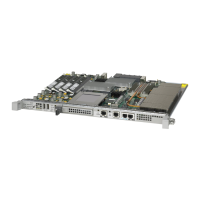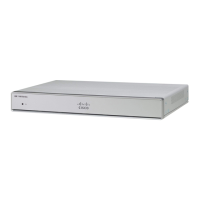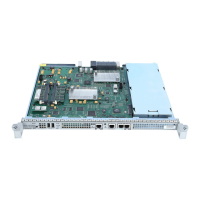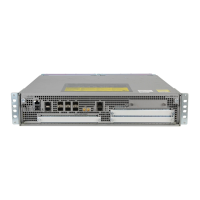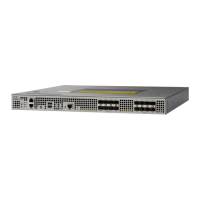18-37
Cisco 10000 Series Router Quality of Service Configuration Guide
OL-7433-09
Chapter 18 Regulating and Shaping Subscriber Traffic
Queuing PPP Sessions on ATM VCs
Command Purpose
Step 1
Router(config)# bba-group pppoe
group-name
Creates a PPP over Ethernet (PPPoE) profile. Enters BBA group
configuration mode.
group-name is the name of the PPPoE profile.
Step 2
Router(config-bba-grp)# virtual-template
template-number
Associates a BBA group to the virtual template to be used for
cloning virtual access interfaces.
template-number is the identifying number of the virtual
template.
Step 3
Router(config-bba-grp)# exit
Exits BBA group configuration mode.
Step 4
Router(config)# interface atm
number.subinterface [point-to-point]
Creates or modifies a subinterface. Enters subinterface
configuration mode.
atm is the interface type.
number is the slot, module, and port number of the interface (for
example 1/0/0).
.subinterface is the number of the subinterface (for example,
1/0/0.1).
(Optional) point-to-point indicates that the subinterface connects
directly with another subinterface.
Step 5
Router(config-subif) pvc [name] vpi/vci
Creates or modifies an ATM permanent virtual circuit (PVC).
Enters ATM virtual circuit configuration mode.
(Optional) name identifies the PVC and can contain up to 15
characters.
vpi/ specifies the ATM network virtual path identifier (VPI) for
this PVC. You must specify the slash. Valid values are from 0 to
255. The router treats a value that is outside the range of valid
values as the connection ID. The default value is 0.
Note The arguments vpi and vci cannot both be set to 0; if one
is 0, the other cannot be 0.
vci specifies the ATM network virtual channel identifier (VCI) for
this PVC. Valid values are from 0 to 1 less than the maximum
value set for this interface by the atm vc-per-vp command. A
value that is out of range causes an "unrecognized command"
error message.
Note The VCI value has local significance only and, therefore,
is unique only on a single link, not throughout the ATM
network. Typically, lower values from 0 to 31 are reserved
for specific traffic (for example, F4 OAM, SVC signaling,
ILMI, and so on) and should not be used.

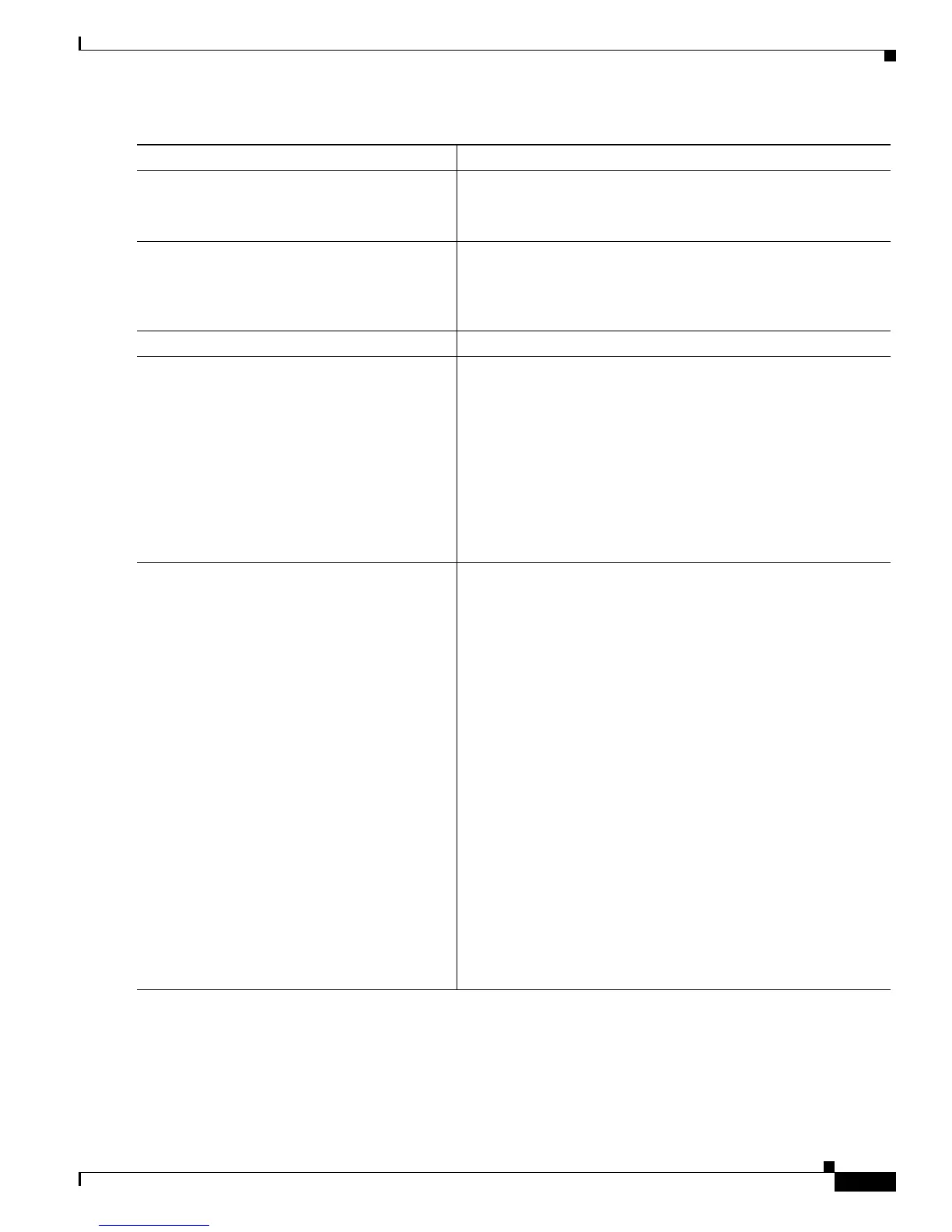